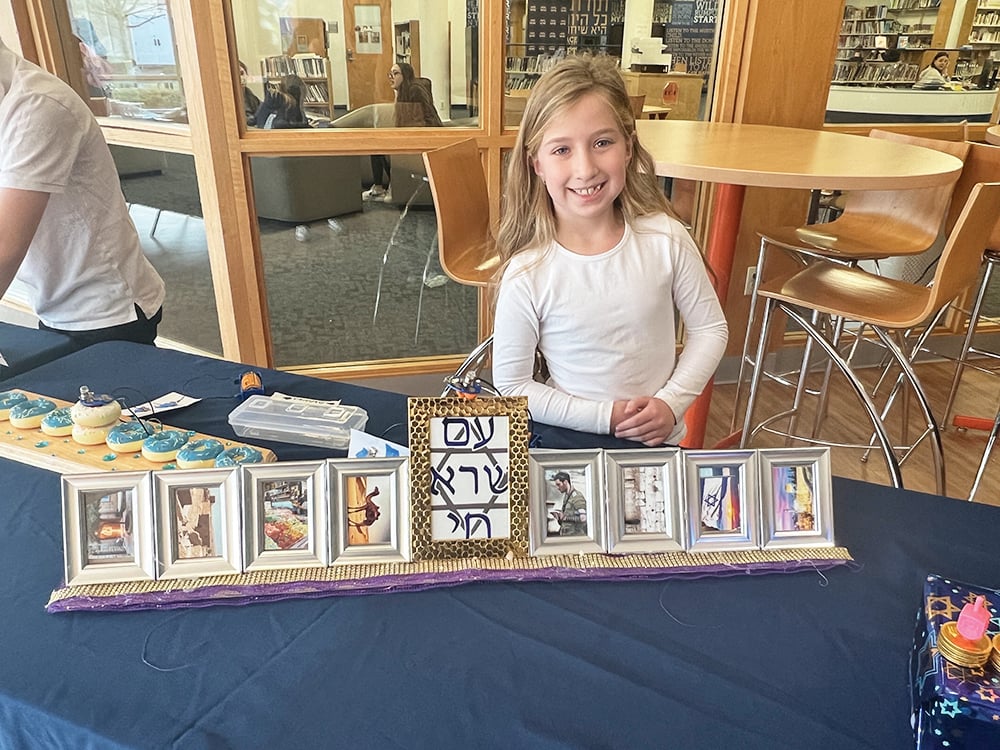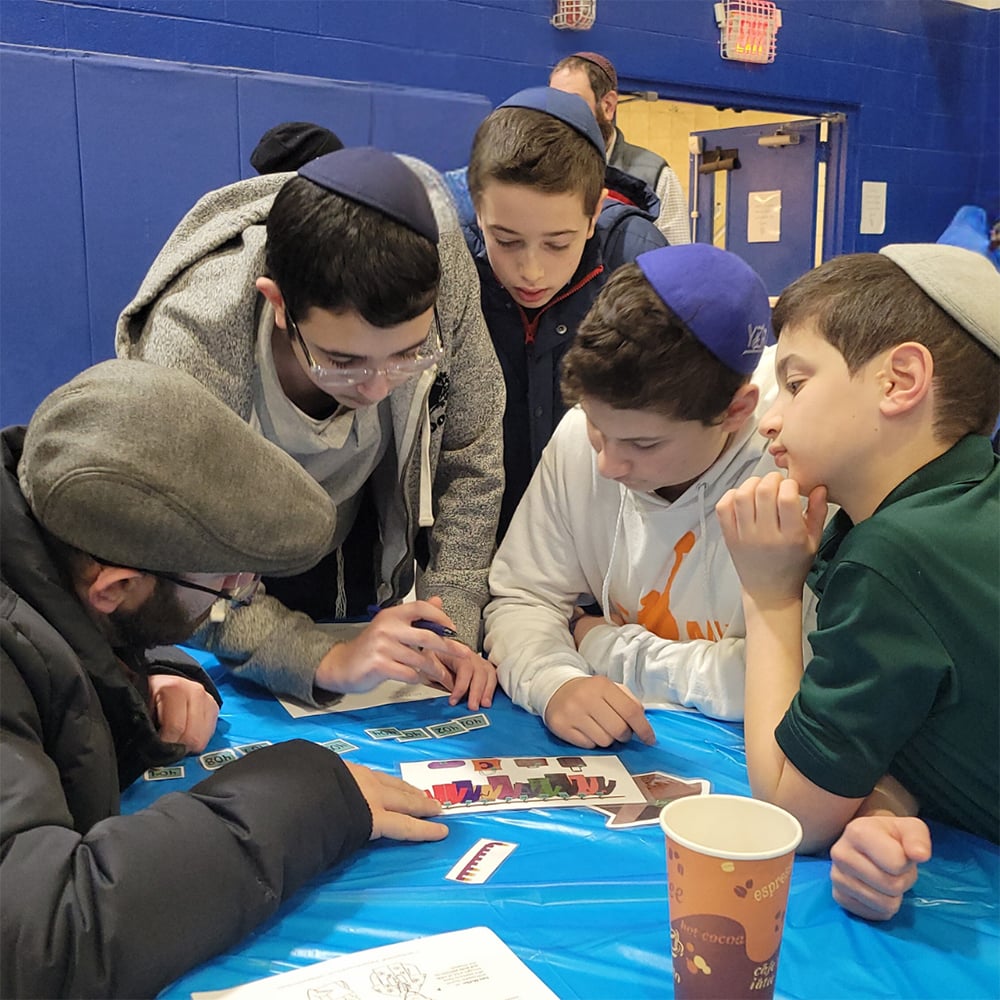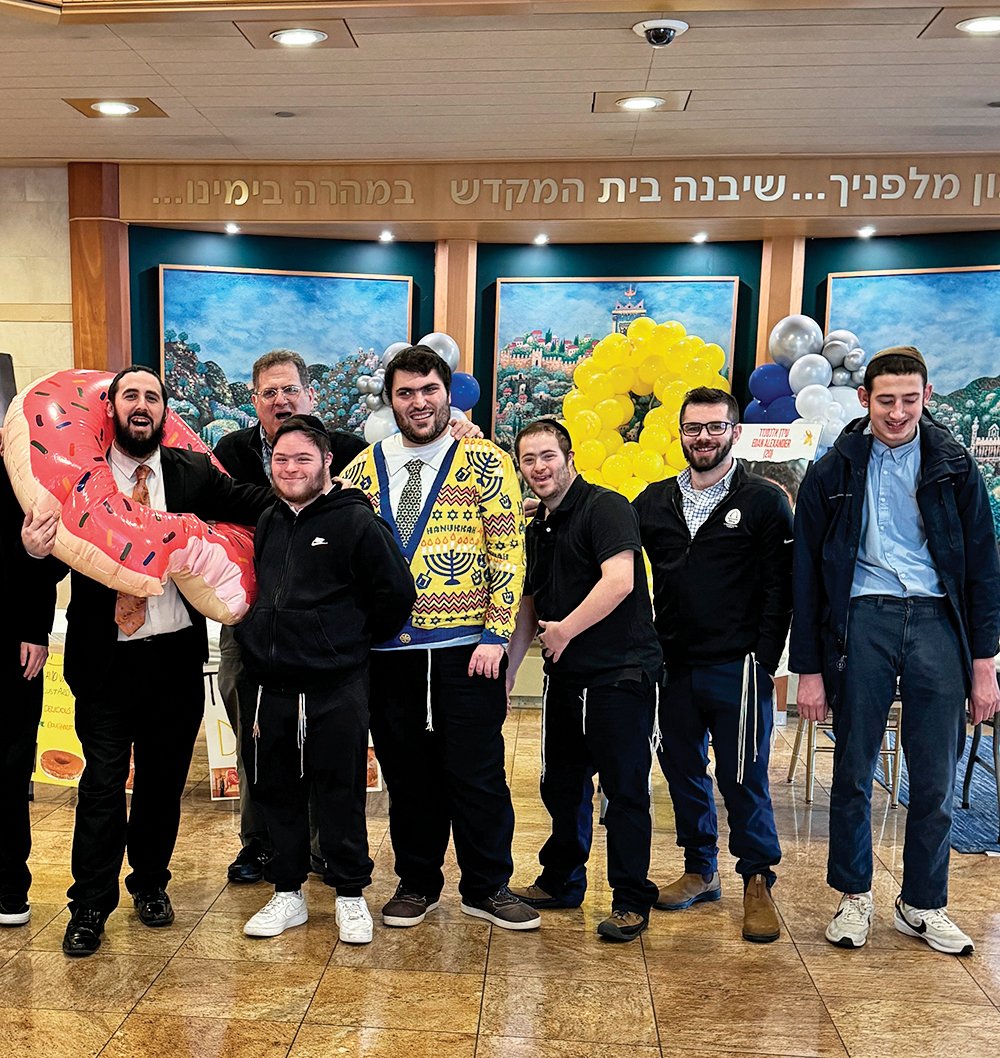“Shachein Tov. Shachein Tov,” hummed the elderly chasidic man dressed in a regal bekeshe and sporting a white beard that flowed like water gushing over the cliffs of Ein Gedi. He greeted me, smiling and shukeling, as I unloaded my hand luggage onto the seat next to him.
I looked around the aircraft. Two days prior the flight was half empty, and now it was filling with passengers—mainly religious Jews—who managed to change their tickets just in time to board the final New York to Tel Aviv flight before the gates of Ben Gurion Airport were to shut for at least one week.
I turned toward my chasidic neighbor to introduce myself and saw he was holding an envelope with at least a dozen $100 bills.10 Se
“Collecting for a yeshiva?” I asked in Hebrew.
“A wedding,” he responded and said that his main purpose in his visit to New York was in order to attend a wedding in Monsey.
As his flip-phone continually buzzed and boarding chasidim greeted him with shulem aleichems, I realized that I wasn’t sitting next to just another schlep-of-the-mill chasid. His aura was palpable, yet he greeted each chasid with a kind, humble smile. From his popularity, I inquired if he were a rabbi.
“In a way,” he grinned and proceeded to explain that he is, in fact, the rosh yeshiva of a Vizhnitz yeshiva gedolah (high school) in Bnei Brak.
A Vizhnitz rosh yeshiva? Was I sitting next to one of the culprits (or tzaddikim—depending on one’s perspective) who was defiantly having his school reopen in the midst of a pandemic?
We had only just met; I was not going to raise the subject during our first interaction. Besides, coronavirus notwithstanding, I was privileged to spend the next 10 hours sitting next to a venerated rabbi—a Torah scholar who proved himself early, as is clear from whom he married, the sister of the Admor (grand rabbi).
I began asking for what most yeshiva bachurim would request: a dvar Torah. But the rebbe shook his head. He had just boarded a midnight flight after scrambling to change his ticket and he wanted to rest. However, a couple hours later he was eating dinner, so I persisted with my quest for Torah.
“We know in Pirkei Avot it is taught that if three people eat and Torah is not spoken, it is as if they ate from the table of dead idols. And now, the rav is eating, I am present, and Hashem is referred to as an ‘ish milchama [a man of war]’” (Shemot 15:3).
Thanks to that bit of Jewish chutzpah, the rebbe thought silently for several minutes and then began a discourse on the symbolism of the middle piece of matzah, chasidus and Jewish faith.
As the flight went on, I told the rebbe of my own excursions to tisches in Bnei Brak and Meah Shearim, whereupon the rebbe made me aware of my surroundings, “This one is a son of the Vizhnitz Admor of Bnei Brak,” he pointed at a chasid four seats away from us. “And that one, two rows ahead, is a son of the Admor of Toldot Avraham Yitzchak (in Meah Shearim).” He failed, however, to point out the Israeli politician Yair Lapid, a strong advocate for conscripting charedim, who was seated two columns to our left.
With less than an hour left to our flight, I told the rebbe that I had two final questions. As with every time we spoke, he leaned in warmly and waited for me to speak.
“It is not an everyday occurrence that someone from my community sits next to a Vizhnitz rosh yeshiva.” He nodded his head in agreement. “Therefore, I have to ask on behalf of my kehilla just so that we can understand—not chas v’shalom to rebuke, for who am I to question the Rosh Yeshiva?—but how can Rav Hager (the Admor of Vizhnitz) open up the schools in the midst of a pandemic? How is it justifiable in terms of the law, and halachically—what about the pikuach nefesh?”
He answered me twofold, “Firstly, the government says that essential needs like groceries and pharmacies are allowed to remain open. Learning Torah is also an essential need and bad things can occur if we allow the bachurim to simply hang out on the streets. Secondly, I have a yeshiva of 300 bachurim, and baruch Hashem, they wear masks and all of them are healthy. The risk is there,” the rosh yeshiva concluded, “but it is very, very small.”
“Perhaps there is less of a risk by kids,” I continued, “but how can it be that we have giant weddings?” Is it an essential need to have great fanfare—thousands of people—at a wedding? I wondered. “And what about the chilul Hashem as non-Jews and secular Israelis watch these scenes on the news?”
“It is true,” he answered, “the weddings are a real issue; that is where people contract the virus.”
“Kavod HaRav,” I interjected. “The rebbe told me he came to America in order to attend a wedding!?”
“It was a small one of about 20 people,” he assured me and continued to answer my question about the chilul Hashem. “Anything the charedim do is looked on with disdain by the secular Israelis. So, this is just one more thing.”
I believe the rebbe is saying two things. Firstly, Torah education is a vital aspect of Jewish life. In his view, Torah learning is just as necessary as nutrition and nourishment in regard to one’s well-being. At the same time, one must take proper precautions in terms of his or her health. Therefore, weddings (or any large gathering of adults) should be avoided during the pandemic. Schools and other activities that help the young flourish, however, should not be avoided as long as there are not demonstrable health risks, which, according to the rebbe, he has not seen in his community.
I’m not a health professional or community leader—just a blogger who was seated next to a Bnei Brakian caught in the eye of the storm of the past two weeks. But with all the news articles and opinion pieces that have been circulating, I’m thankful I had the opportunity to emerge from my own echo chamber and listen to his perspective.
Shlomo Deutsch, a former Jewish Link intern, is a college senior who often finds himself conversing with very different people. His typical morning could include: praying at the Kotel with a group of “settlers,” followed by listening to Mohammed, his former (long story) 17-year-old Muslim friend, dream about his “right of return.”













